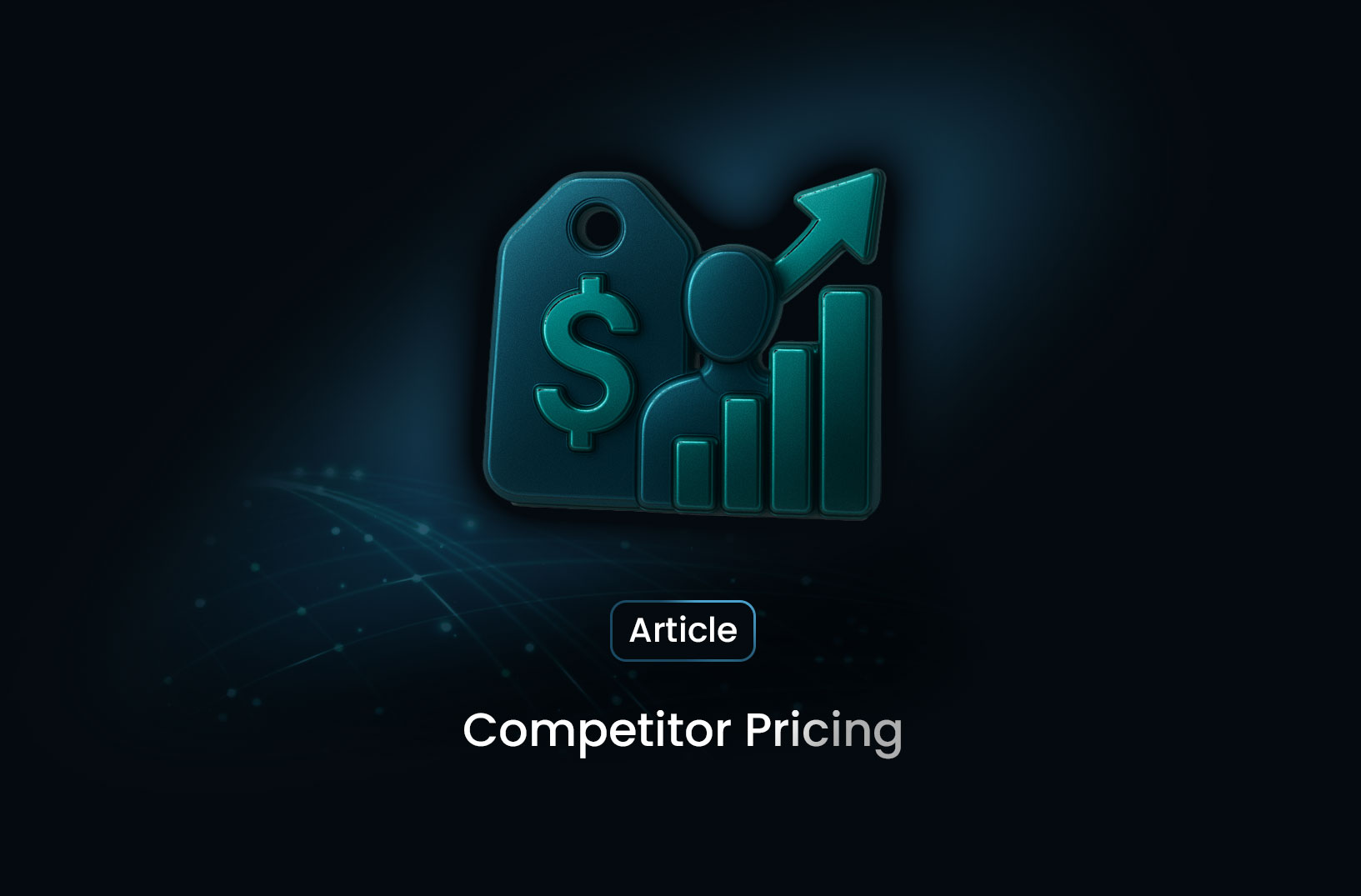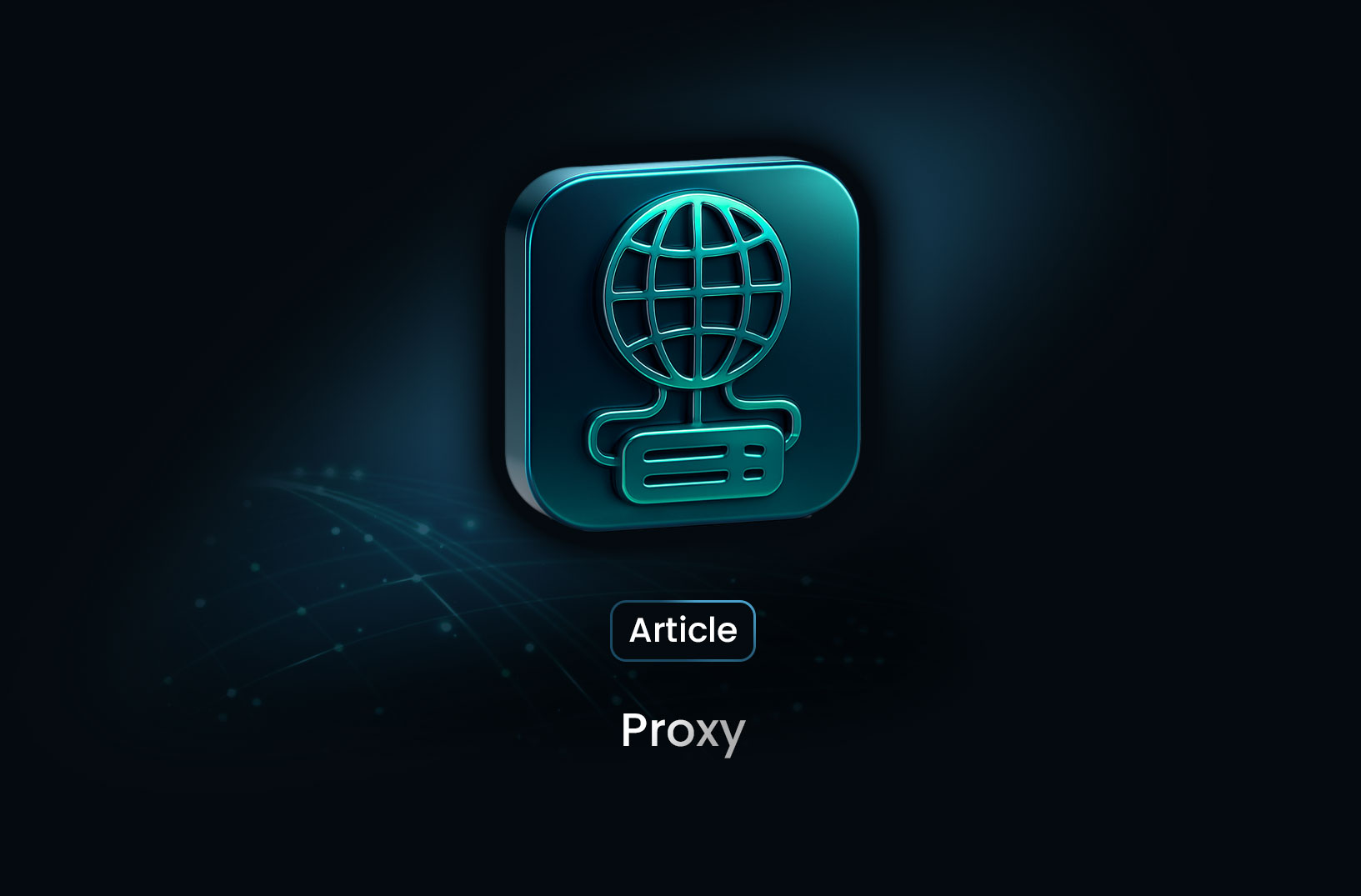
How Competitor Pricing Helps You Stay Competitive and Profitable
ArticleLearn what competitor pricing is, why it matters, how to effectively analyze and respond to competitor prices, and common pitfalls to avoid in your pricing strategy.
What Is Competitor Pricing?
Competitor pricing (also known as competitor-based pricing) is a strategy where a business sets its product or service prices based primarily on the prices charged by its competitors. Rather than focusing solely on internal costs or customer value, the company benchmarks its pricing against similar offerings in the market.
Why Competitor Pricing Matters
- Aligns with customer expectations: When consumers can compare prices easily, staying in line prevents losing them to cheaper alternatives.
- Helps in competitive markets: In sectors where products are similar and price sensitive, competitor pricing is a key way to remain relevant.
- Supports quick market entry or response: Using competitor prices allows a company to react faster to market shifts or new entrants.
Key Strategies in Competitor Pricing
When applying competitor-based pricing, companies typically choose one of three basic approaches:
- Match competitor prices to stay competitive without starting a price war.
- Undercut competitors slightly to attract price-sensitive customers, with risk to margin.
- Price above competitors when your product is differentiated, higher quality, or has a strong brand.
How to Implement Competitor Pricing Effectively
- Step 1: Identify your competitor set — select firms whose products, markets and customer segments closely match yours.
- Step 2: Collect accurate pricing data — use automated tracking tools, competitor websites, in-store visits, or public pricing info.
- Step 3: Compare your costs and positioning — ensure your pricing still supports required margin and aligns with your brand value.
- Step 4: Choose your position (match, undercut or premium) based on your strategy, costs and market dynamics.
- Step 5: Monitor and adjust continuously — competitor pricing isn’t static; set alerts, review regularly, and respond to changes.
Common Risks & Pitfalls
- Margin erosion: Continuously chasing competitor prices may reduce profitability over time.
- Following mistakes: If a competitor sets a low price due to poor strategy or cost issues, mirroring that price can create losses.
- Undifferentiated offering: Relying only on price may erode your brand value or lead to a “race to the bottom.”
- Inaccurate or outdated data: If competitor pricing is not current or properly benchmarked, decisions may be flawed.
Best Practices for Competitor Pricing
- Build a pricing strategy that aligns with your overall brand, costs and value proposition — don’t follow competitor pricing blindly.
- Segment your products: some may require aggressive competitor pricing (commodity SKUs), others may support premium pricing (unique value).
- Use technology and alerts to watch competitor price moves in real-time and respond when needed.
- Tie pricing to value and differentiation, not just price—if you offer greater quality or service, you can charge more than competitors.
- Keep transparent and ethical practices — avoid collusion or price-fixing behaviour.
Conclusion
Competitor pricing is a powerful tool in your pricing arsenal, especially in markets where products and services are comparable and customers are price-sensitive. By monitoring competitor prices, positioning your pricing wisely, and remaining mindful of cost and value, you can balance competitiveness with profitability. The key is to use competitor pricing as one input—not the only input—in your broader pricing strategy.
Find more insights here

Proxy 101: What Is a Proxy and Why It Matters for Web Scraping
Learn what a proxy is, how it works, the different types of proxies, and why proxies are essential f...

LunaProxy vs PYPROXY — Which Proxy Service Fits Your Needs in 2025?
Compare LunaProxy and PYPROXY in 2025 to find out which proxy service fits your scraping, automation...

7 Most Effective AI Web Scraping Tools for Automated Data Extraction in 2025
A look at 7 AI web scraping tools that stand out in 2025—what they offer, how they work, and why MrS...
